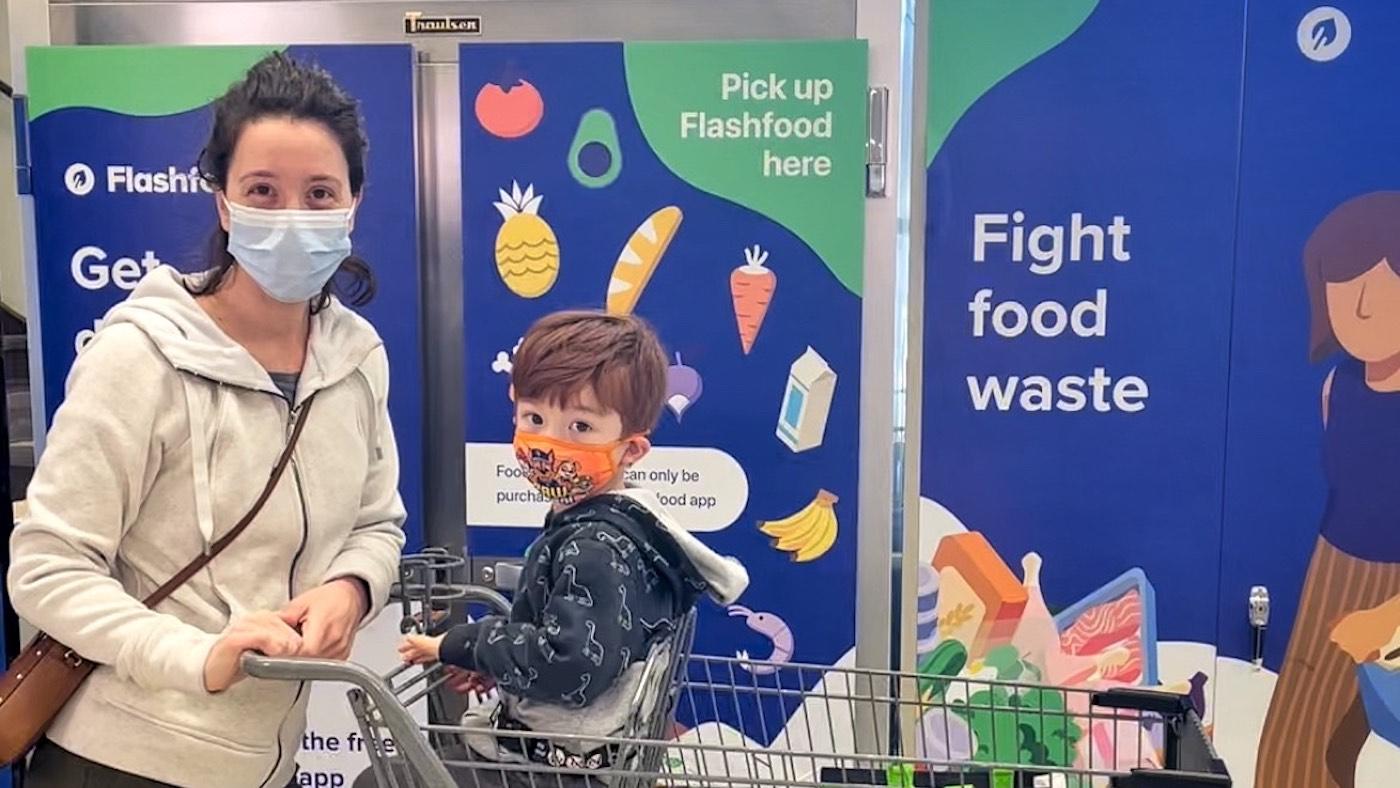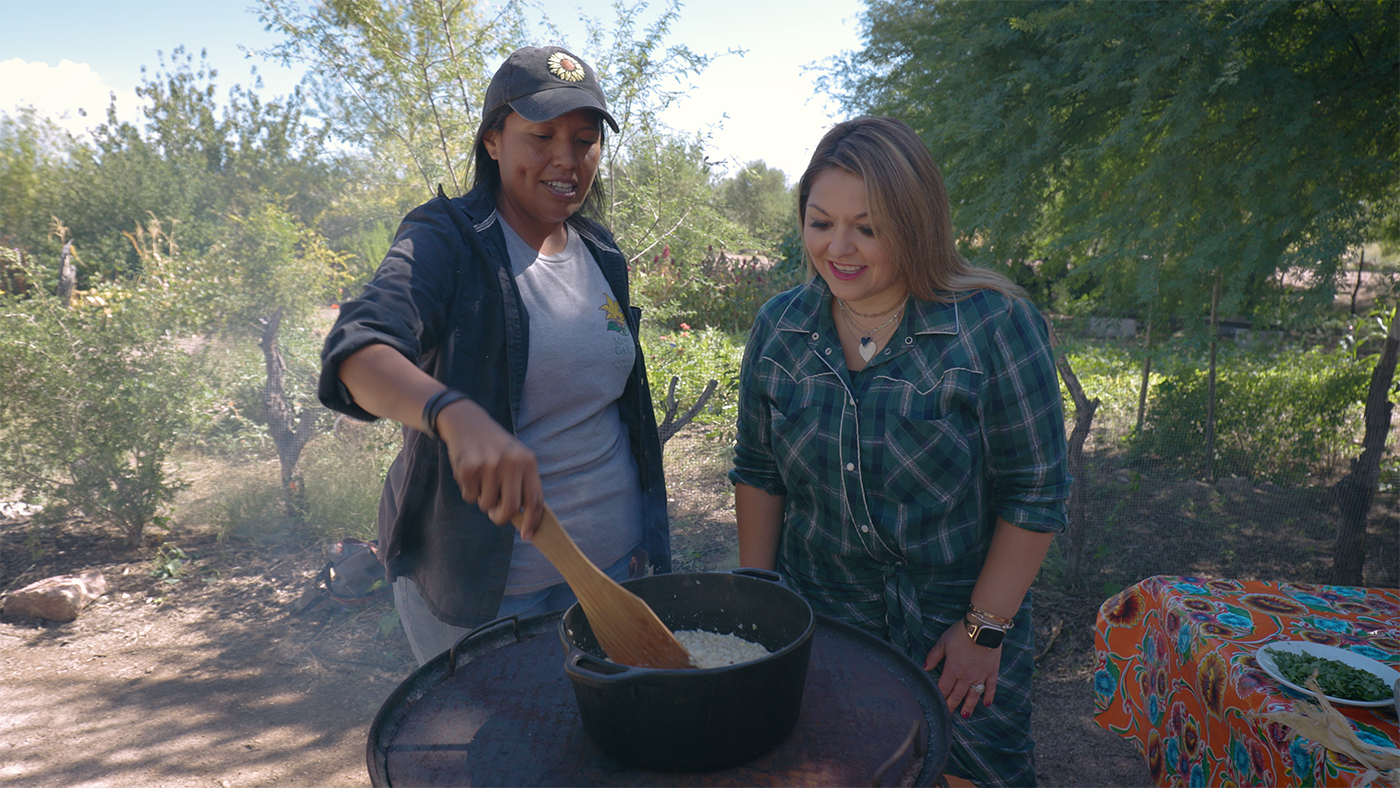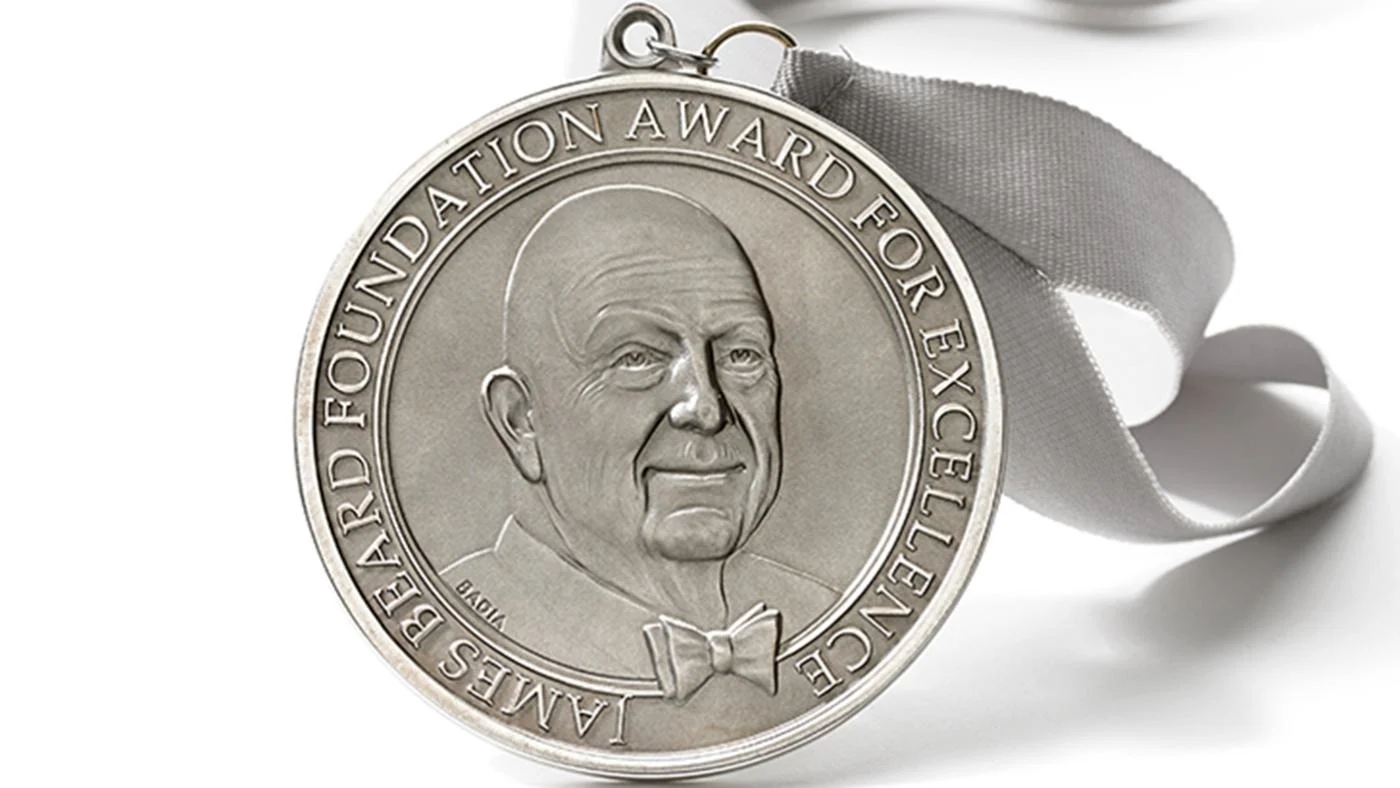App Prevents Food Waste—And Gives Customers a Deal on Groceries, Too
Daniel Hautzinger
October 4, 2022

Get more recipes and food news by signing up for our Deep Dish newsletter.
With inflation driving price tags at the grocery store up over the past several months, the app Flashfood has an easy pitch for consumers: save 50% on groceries and help prevent food waste. “For a shopper, when they use the app once, they’re like, ‘Okay, this is a no-brainer,’” says Flashfood founder and CEO Josh Domingues. Flashfood allows grocers to sell products nearing their sell-by date to users at half price, thus preventing food from being thrown out and allowing grocers to make some money on something that would have otherwise been a loss.
It's a simple idea with little apparent downside. “It’s very rare to see a business scale where every party is winning, and you certainly see that with Flashfood,” says Domingues, who is obviously biased—but it’s difficult to argue. “Our grocers are winning financially because they’re driving in a new revenue stream that otherwise was a line item that was waste,” he says. “In addition, they’re fulfilling some of their food waste reduction promises and commitments. To the shoppers, they’re saving 50% on their groceries. For the environment, we’ve now diverted over 50 million pounds of food…And then for us, we can build a sustainable, financially viable company on the back of all of that.” (Flashfood takes a percentage of each transaction as a fee from the grocer.)
Food waste is a huge problem—not just because of the wasted food that could feed hungry people or the lost energy and water used to produce it, but also because of its environmental impact as trash. When food rots in a landfill where there is not sufficient oxygen underneath the layers of trash, it produces methane, which then gets trapped in the atmosphere and contributes to climate change.
According to a 2016 report by ReFED, a collaboration of organizations that track food waste, up to 40% of all food grown in the United States is wasted—and the majority of that waste occurs in consumer-facing businesses. That has led to the emergence of apps like Too Good to Go, which allows customers to buy goods from restaurants and other food businesses at the end of the day, and Flashfood. Flashfood says that stores globally throw out 133 million tons of food every year.
“The statistic that really changed my life was, if international food waste were a country, it would be the third leading cause of greenhouse gas emission, behind the U.S. and China,” says Domingues. He came across that statistic after hearing from his sister, who is a chef, that she had thrown out $4,000 worth of surplus food after a catering event. Domingues, a former semi-pro hockey player trained to identify inefficiencies from his time as a management consultant, began looking into the issue of food waste and realized that there was both food and money to be saved.
He started speaking to and researching grocery stores and discovered that “the average store throws out five to ten thousand dollars’ worth of food every day, and that food’s anywhere from three days to sometimes weeks before the sell-by date.”
The reason why is human psychology: “As consumers, when we go grocery shopping, we’re always reaching at the back for what has the longest shelf life,” Domingues explains. “All the near-dated stuff moves to the front, and we don’t take it, so they have to pull it in advance. Also, if we go to buy a watermelon and there’s only one on the shelves, as consumers we assume it’s the worst one, so we don’t take it. So [grocers] have to overstock the shelves so that we get selection.” Flashfood is a challenge to the assumptions that cause such behavior and lead consumers to deem perfectly good food bad.
Domingues launched Flashfood in Canada in 2018 and came to the United States a couple years later. It is in more than 1,400 supermarkets, including Meijier, Giant Eagle, and IGA chains, among others. Around twenty stores in Chicago’s suburbs and surrounding areas are currently partnered with Flashfood, although there are not yet any in the city itself.
A user of the app can shop through available products, select what they want, and pay through the app. They then pick up their Flashfood order from a branded fridge near the customer service desk—often after doing some extra shopping, as an added benefit to the store. Domingues says that 75-80% of the food made available through the app is consistently sold.
All of the food is sold before its sell-by date. Domingues also emphasizes the high quality of groceries in North America, which means that even short-lived produce is in good condition. “I joke that it’s difficult to find a yellow banana in a grocery store in America,” he says.
Flashfood is particularly appealing in these precarious economic times. According to the company, one in five of its shoppers experience food insecurity, and about the same number are retirees. “When I started the business, my hypothesis was that the shoppers would predominantly be environmentally conscious, but what we’ve learned through the journey is that people are looking to save money wherever they can, and 50% off groceries is a massive driver for folks to change habits,” Domingues says. Even if a shopper comes to Flashfood for a deal, they are still preventing some small amount of food from being wasted.







